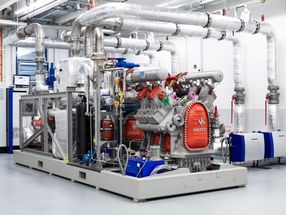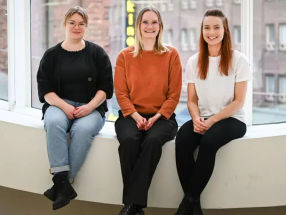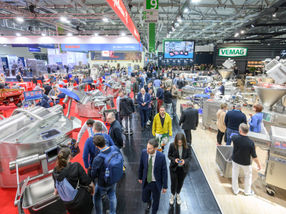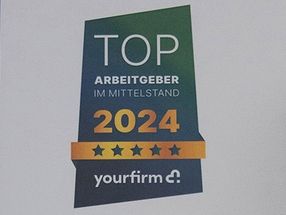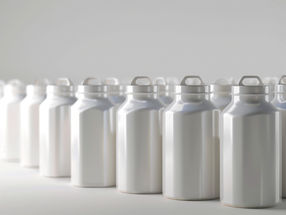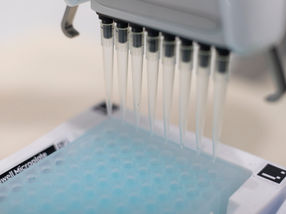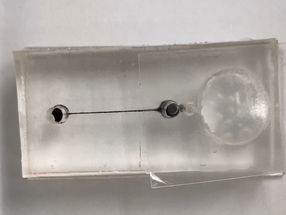New WWF tool will help Carlsberg build resilience through better understanding of water risk scenarios
Global GDP from areas of high water risk could rise from 10% in 2020 to 46% by 2050.
With climate change worsening the world’s already severe water crises, new forward-looking scenarios in WWF’s Water Risk Filter estimate that almost half of global GDP could come from areas facing high water risk by 2050.
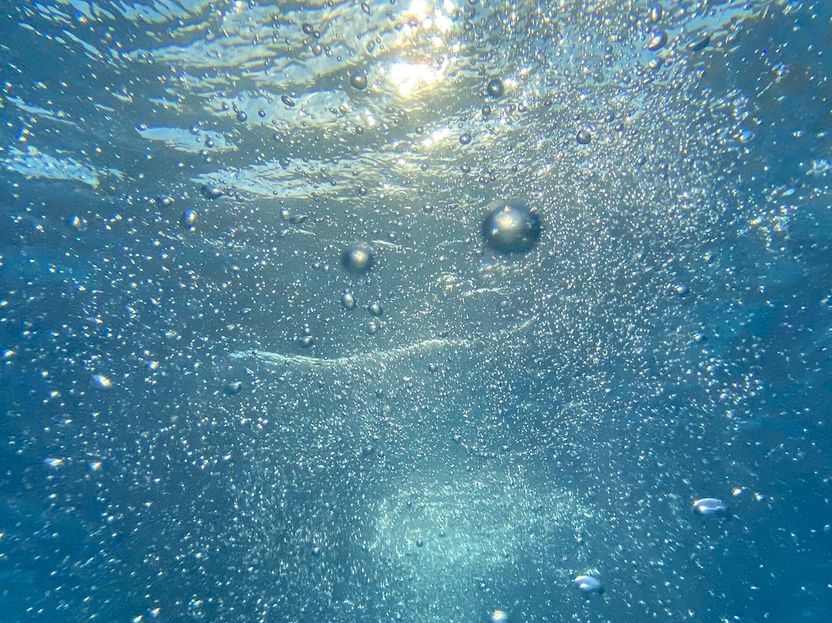
Going live today in the WWF Water Risk Filter – leading online tool for assessing, valuing and responding to water risk – the scenarios (Optimistic, Current Trend and Pessimistic) for 2030 and 2050 will help companies better understand future water risks and drive more effective corporate action on climate and water resilience.
“Companies are finally waking up to growing water risks and the need to take urgent action to reduce their risks and tackle shared water challenges,” said Ariane Laporte-Bisquit, WWF Water Risk Filter Lead. “By harnessing the new scenarios in the Water Risk Filter tool, companies and investors can better assess, respond and plan for climate and water resilience.”
Based on climate and socio-economic changes, the scenarios are aligned with Task Force on Climate-related Financial Disclosure (TCFD) recommendations. Given the high uncertainty in the context of climate change, TCFD recommends companies and financial institutions apply scenario analysis for assessing climate-related risks and opportunities to determine business resilience. As the impacts of climate change will primarily be felt through water, it is critical for scenario analysis to incorporate water in a comprehensive manner.
Already trusted by thousands of users, the Water Risk Filter tool now enables companies and investors to perform forward-looking scenario analysis to evaluate future climate-water risk exposure and inform long-term resilience planning and strategy – and some major multinational companies are already testing the new scenarios.
“Recognizing the TCFD recommendations and importance of assessing and preparing for potential future water risks in a changing climate, Carlsberg was the first company to test and use the new WWF Water Risk Filter scenarios to understand how water risks across our breweries may evolve in 2030 and 2050 under different scenarios,” said Simon Boas Hoffmeyer, Senior Director Sustainability at Carlsberg Group, which has assessed the basin and operational water risks across its breweries using the WWF Water Risk Filter since 2017.
“We are committed to eliminating water waste from brewing through world-class efficiency, and to safeguarding shared water resources in high-risk areas. Water is essential to our products and for cleaning during brewing. But in a changing climate, water risk will be more widespread, reducing the quality and availability of water. That’s why we have worked with WWF to better understand this risk, in order to initiate mitigating actions that improves our resilience,” said Simon Boas Hoffmeyer.
Most read news
Other news from the department business & finance

Get the food & beverage industry in your inbox
From now on, don't miss a thing: Our newsletter for the food & beverage sector brings you up to date every Tuesday and Thursday. The latest industry news, product highlights and innovations - compact and easy to understand in your inbox. Researched by us so you don't have to.






